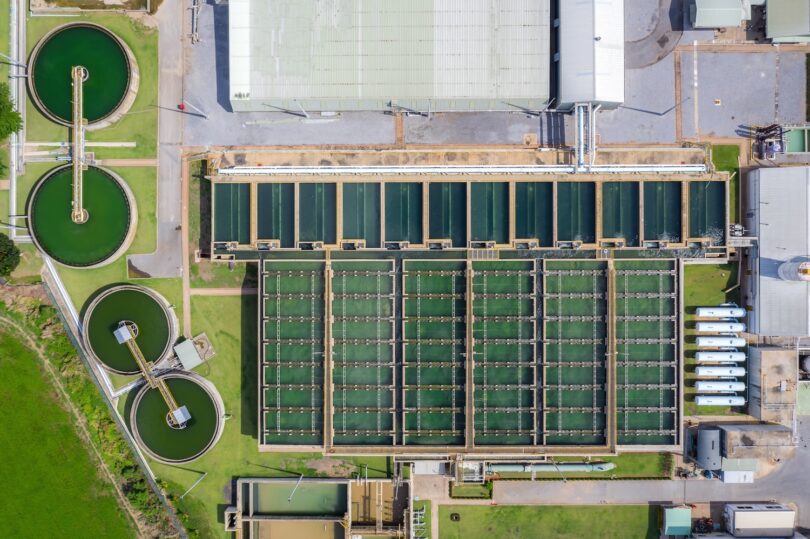A new study has provided insights into the levels of illicit substance use in South Water by analysing wastewater at two treatment plants in the region. The study also found over a quarter of cocaine residue detected was still in the water supply after treatment.
A research team from Bournemouth University set out to understand the levels of use of New Psychoactive Substances in the surrounding areas. However, the primary substance detected in wastewater samples was benzoylecgonine, a compound that is produced when the body breaks down cocaine.
The results have been published in the journal Nature Scientific Reports.
“Whilst wastewater testing has been used in other parts of the world to examine use of New Psychoactive Substances in different communities, this is the first time it has been used in Wales,” said Bethan Davies, a PhD Student at Bournemouth University who led the study. “Our study highlights how improved monitoring and treatment could address local public health and environmental concerns,” she added.
Over a two-month period, Bethan and her research team studied wastewater samples before and after treatment from Friday to Monday every week.
After analysing the data, the average consumption rate of cocaine during the testing period was estimated at 3.88 milligrams per day per one thousand people near one plant and 1.97 milligrams per day per thousand people near the other. The highest rate observed was 8.54 milligrams per day per thousand people which was found after a weekend where an autumn international rugby match took place in Cardiff when footfall in the area would have been high.
They also found that on average, just 73 percent of benzoylecgonine was removed during treatment – meaning that traces remained in the water that went back into the region. This suggests that improvements to treatment processes could be needed to prevent drug residues from entering the public water supply.
In another innovation for this study, Bethan and the team made use of the WEDINOS platform, which allows people to submit samples of substances anonymously for analysis. This provided an indication of which new psychoactive substances are in circulation in the region, meaning that the researchers could be more targeted when studying the samples from the treatment plants.
“Testing for NPS’s can be expensive, especially because they evolve very quickly. So by knowing what is popular within certainly communities, we can tailor how we test for certain substances in different areas and do not spend time and resources testing for drugs that are not around,” Bethan said.
As well as helping water treatment plants to review the effectiveness of their treatment methods, Bethan also advised that the screening process she developed in this study could help local health and social care services.
“Understanding more about the most common drugs in communities could be very useful for those who have to work with people who misuse them, helping them develop public messaging about the risks and being able to provide the most effective treatment,” she concluded.
Related articles:
Forever Chemicals: Navigating the PFAS Challenge in the UK Water Industry







